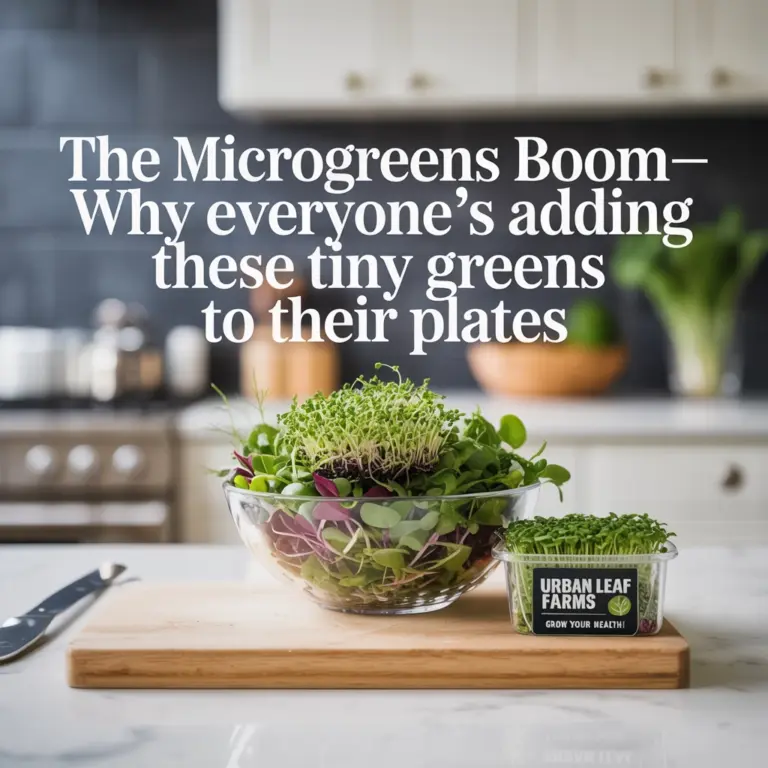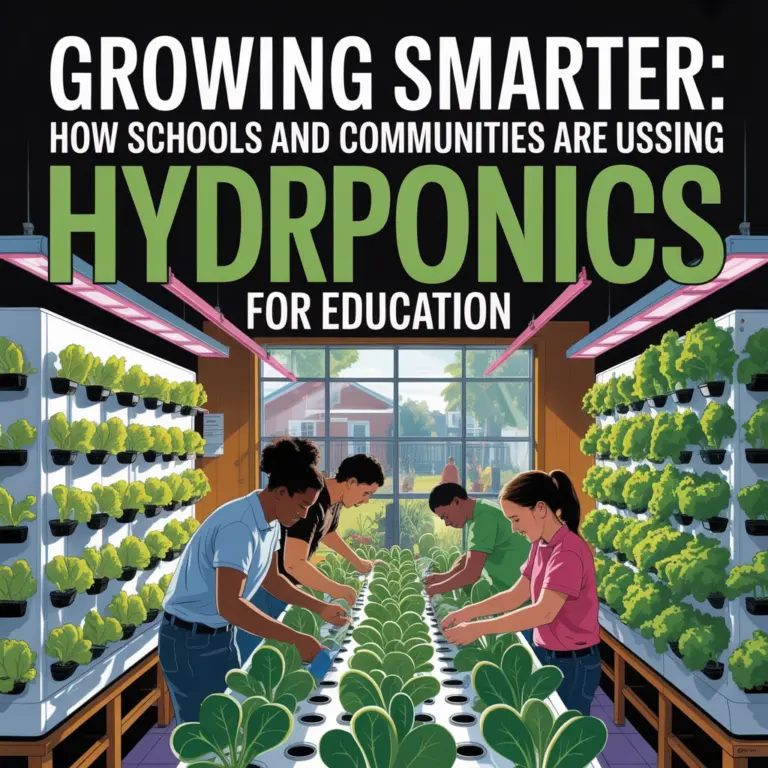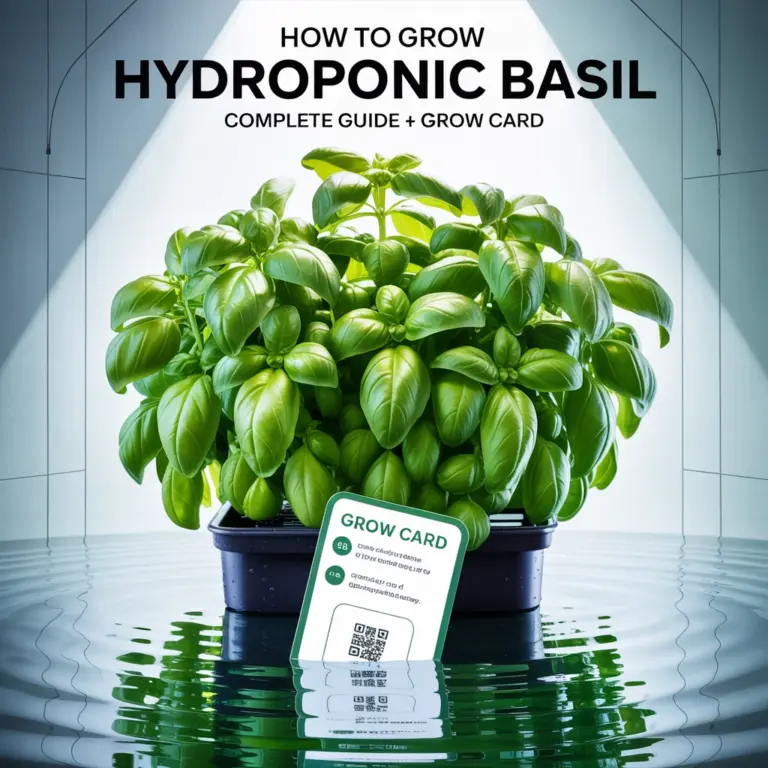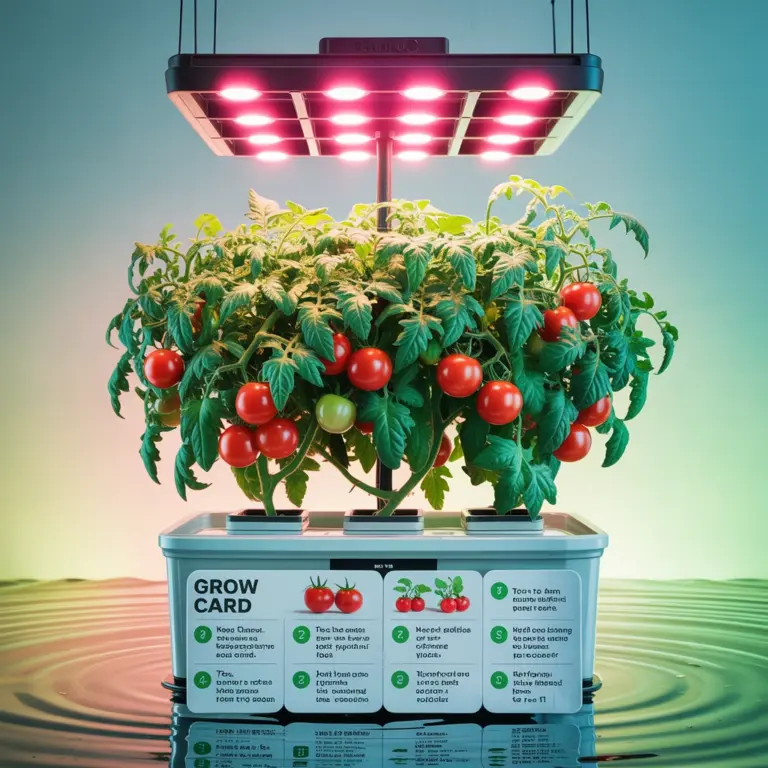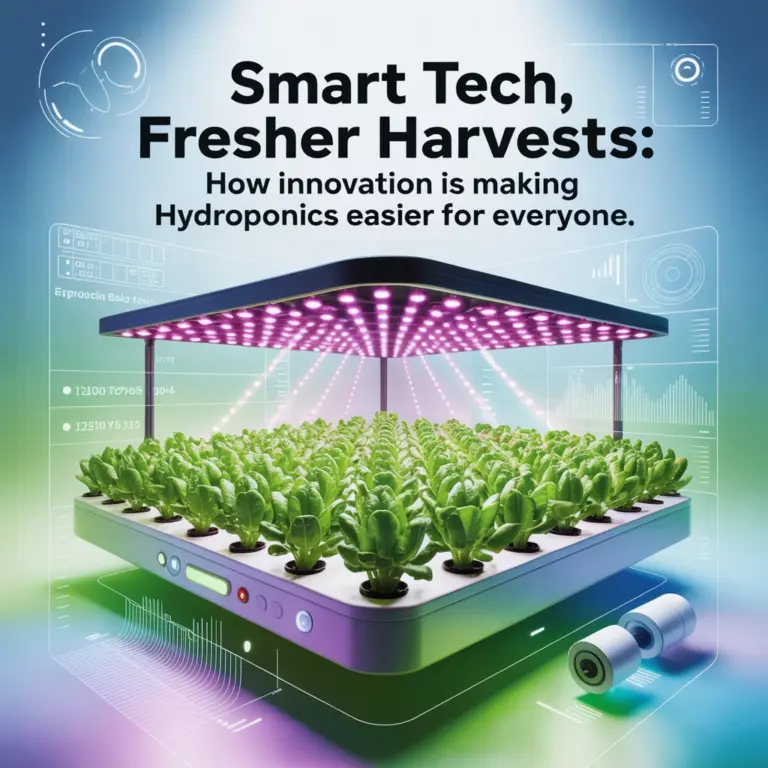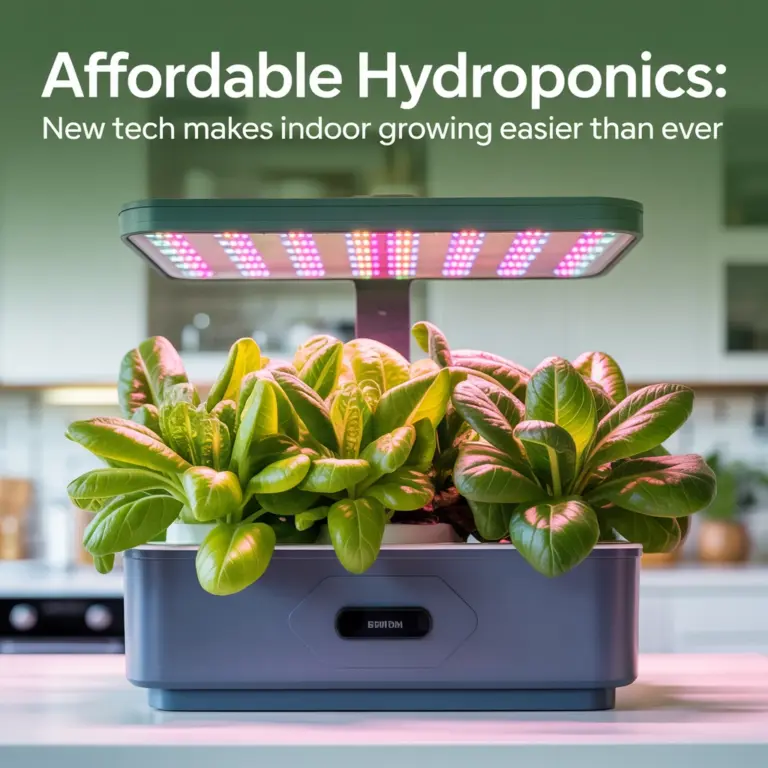Indoor Hydroponics for the Home Enthusiast: Your Guide to Fresh Greens All Year
Growing fresh greens year-round doesn’t have to be a pipe dream, even if you’re living in a tiny apartment or dealing with harsh winters. Indoor hydroponics is your ticket to homegrown lettuce, herbs, and vegetables no matter what the weather’s doing outside. And here’s the best part: you don’t need a green thumb or a massive setup to get started.
Whether you’re a complete beginner or someone who’s dabbled in traditional gardening, indoor hydroponics offers a clean, efficient way to grow food right in your living space. No soil, no mess, and surprisingly little maintenance once you get the hang of it.
Why Indoor Hydroponics Makes Perfect Sense
Let’s be honest: traditional gardening has its challenges. Limited growing seasons, unpredictable weather, pests, and soil issues can make it frustrating. Indoor hydroponics solves most of these problems while giving you some serious advantages.
First, you’re in complete control of your growing environment. No more worrying about frost killing your seedlings or drought stunting your plants. You decide when it’s “spring” for your lettuce and “summer” for your tomatoes. Plus, plants typically grow 25-30% faster in hydroponic systems because they get exactly what they need, when they need it.
Space efficiency is another game-changer. A small countertop system can produce more greens than a traditional garden bed several times its size. And since there’s no soil, you can grow vertically, making the most of limited square footage.
The Best Hydroponic Systems for Home Growers
Not all hydroponic systems are created equal, especially when you’re working with limited space and want something low-maintenance. Here are the three best options for home enthusiasts:
Deep Water Culture (DWC) is perfect for beginners. Your plants sit in net pots suspended over a reservoir of nutrient-rich water. An air pump keeps the water oxygenated, and that’s basically it. Simple, effective, and great for leafy greens like lettuce and spinach.
Kratky Method is even simpler: it’s passive hydroponics with no pumps or electricity needed. You fill a jar with nutrient solution, place your plant on top, and as the plant grows and drinks, the water level drops, creating an air gap for the roots. It’s perfect for herbs and small plants.
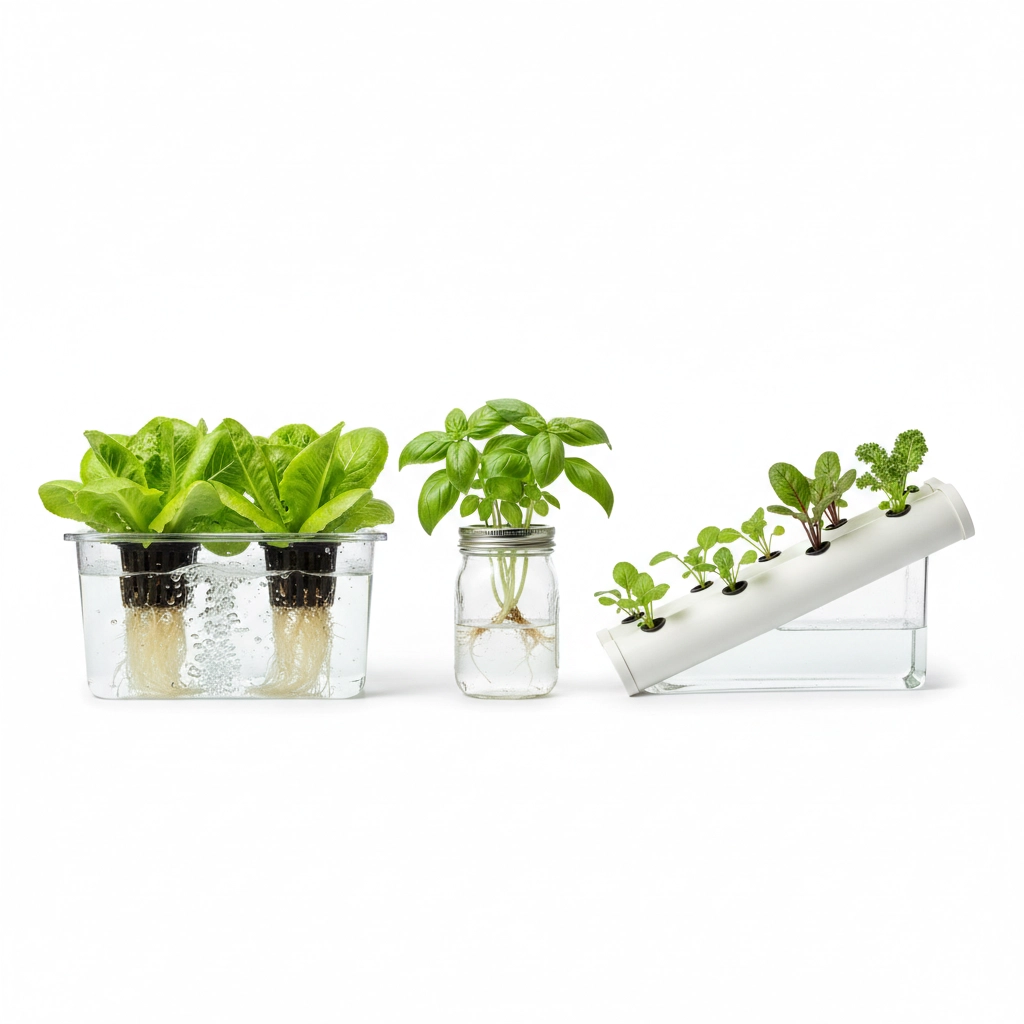
Nutrient Film Technique (NFT) involves a thin stream of nutrient solution flowing past plant roots in a sloped channel. It’s slightly more complex but incredibly water-efficient and great for continuous harvests of multiple plants.
Setting Up in Different Spaces
Apartment Living: Counter space is precious, so think vertical and compact. A small DWC system can fit on a kitchen counter next to your coffee maker. Window shelves work great for herb gardens using the Kratky method. If you have a sunny spot, even a simple mason jar setup can keep you in fresh basil all winter.
For apartment dwellers, focus on high-value crops: things that are expensive to buy fresh or hard to find. Microgreens, specialty lettuces, and fresh herbs give you the biggest bang for your buck and space.
House Setups: With more room to work, you can get creative. Basement setups work wonderfully since you control all the lighting anyway. Spare bedrooms, garages, or even large closets can become productive growing spaces. The key is consistent temperature and good ventilation.
Lighting: Your Indoor Sun
Since you’re growing indoors, artificial lighting becomes crucial. LED grow lights are your best bet: they’re energy-efficient, run cool, and last for years. You don’t need to break the bank, either. Basic LED panels work great for leafy greens and herbs.
For most leafy greens, aim for 20-40 watts of LED lighting per square foot of growing space. Herbs need less light than fruiting plants like tomatoes, so you can start simple and upgrade if you get hooked on growing peppers or cherry tomatoes.
Position lights 12-24 inches above plants and run them for 12-16 hours daily. A simple timer takes care of the schedule: no need to remember to turn lights on and off.
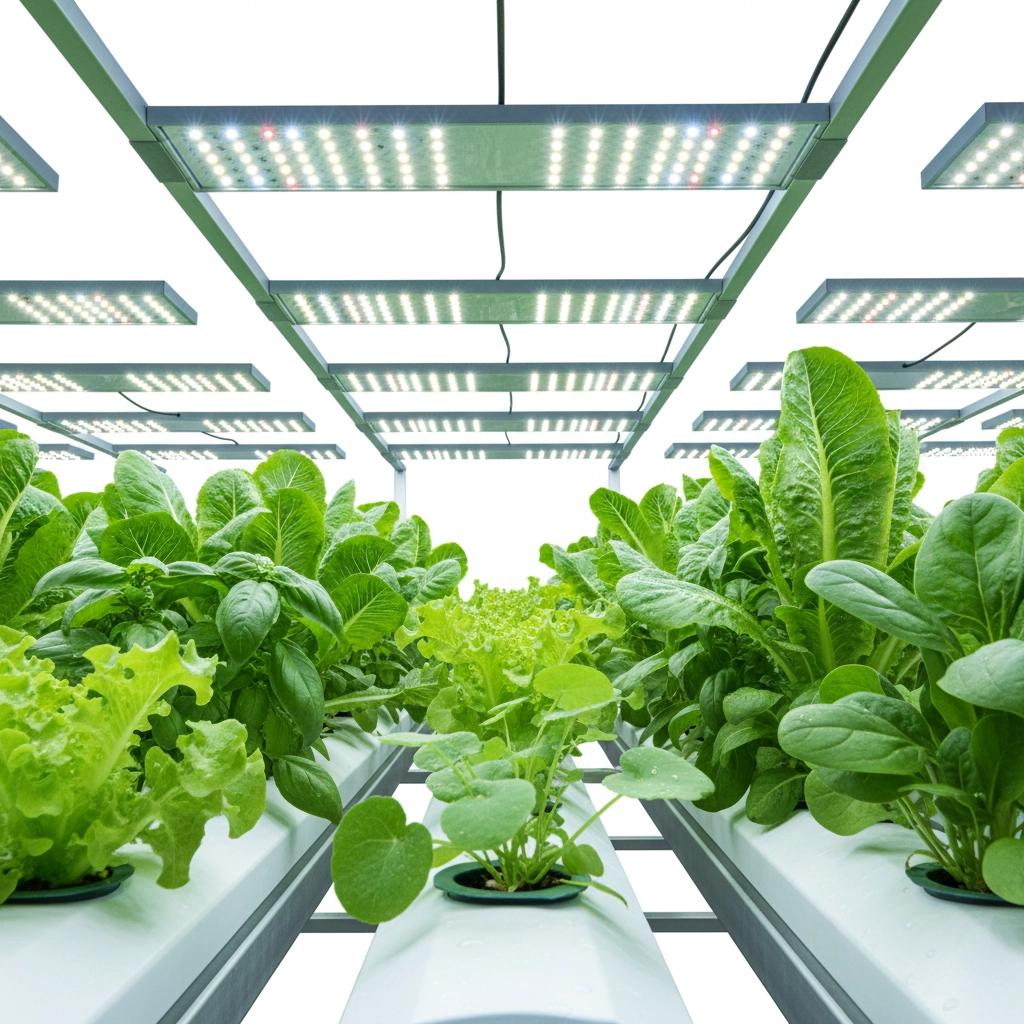
Nutrient Management Made Simple
Here’s where many beginners get overwhelmed, but it’s actually straightforward. Hydroponic nutrients come as concentrated solutions: usually a “grow” formula for leafy plants and a “bloom” formula for fruiting plants. Mix according to package directions, and you’re set.
The key numbers to watch are pH (aim for 5.5-6.5) and electrical conductivity or EC (which measures nutrient strength). You can get by with simple test strips initially, though digital meters are more accurate if you get serious about growing.
Change your nutrient solution every 2-3 weeks, top off with plain water between changes, and check pH weekly. That’s really all there is to it for most home systems.
Choosing Your Crops Wisely
Not all plants are created equal for indoor hydroponic growing. Stick to these winners for the best success:
Foolproof Choices: Lettuce, spinach, kale, and other leafy greens practically grow themselves in hydroponic systems. They’re fast, compact, and forgiving of beginner mistakes.
Herb Paradise: Basil, cilantro, parsley, and mint thrive indoors and give you the most value since fresh herbs are expensive and go bad quickly in the fridge.
Next Level: Once you’ve mastered greens, try cherry tomatoes, peppers, or even strawberries. These take more light and attention but are incredibly rewarding.
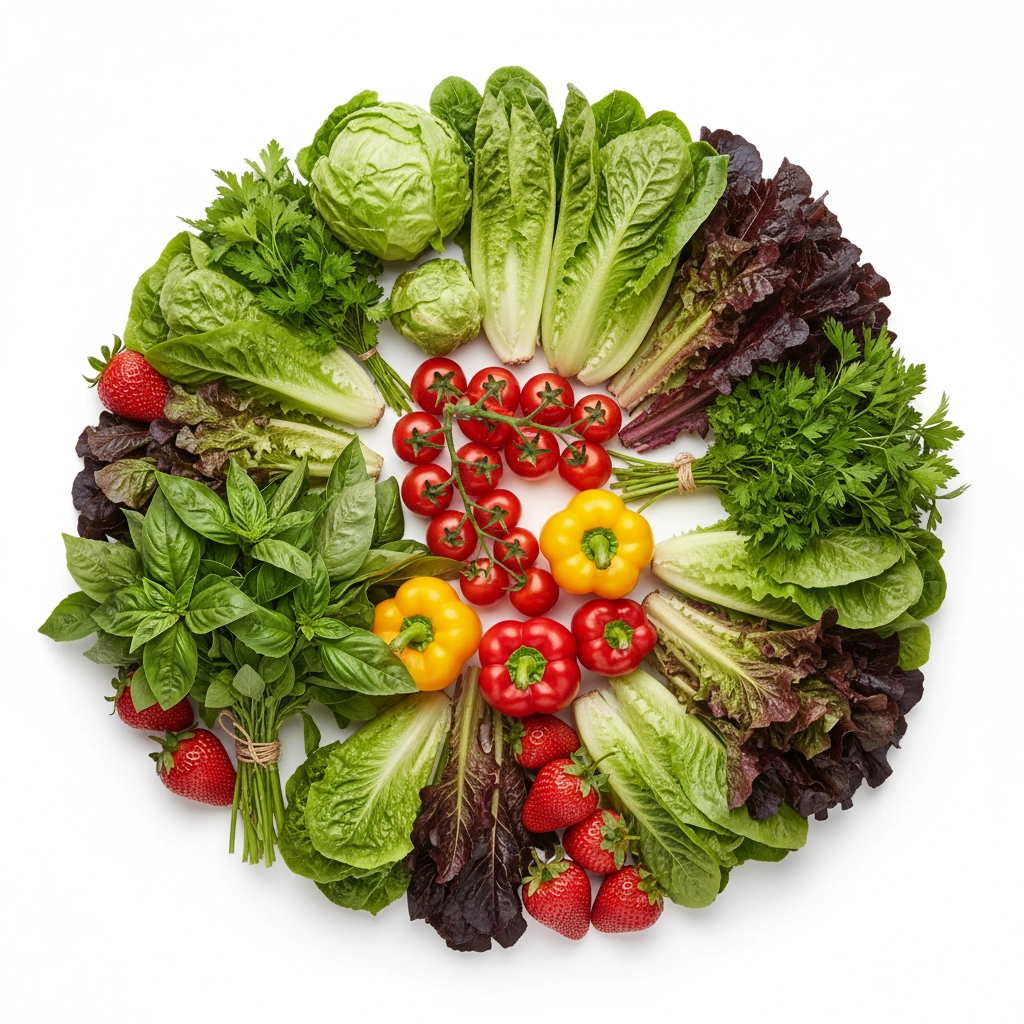
Avoid large plants like full-size tomatoes or corn unless you have serious space and lighting. Root vegetables don’t work well either since you can’t see what’s happening underground.
Space-Saving Tips and Tricks
Maximize your growing potential with these space-smart strategies:
Stack systems vertically using shelf units or purpose-built growing towers. Each shelf can be its own growing zone with dedicated lighting.
Use windowsills for herb gardens: natural light during the day plus a small LED strip for cloudy days works great.
Repurpose furniture like old bookshelves or storage cubes as growing stations. With some creativity, you can turn almost any space into a mini farm.
Consider seasonal rotations: grow cool-season crops like lettuce in winter when your indoor temperatures are naturally lower, then switch to heat-loving herbs in summer.
Troubleshooting Common Issues
Every grower runs into hiccups, but most problems have simple solutions:
Algae growth in your reservoir means too much light is hitting the water. Cover your containers with aluminum foil or use opaque reservoirs.
Yellowing leaves usually indicate nutrient deficiency or pH problems. Check your pH first: if it’s off, plants can’t absorb nutrients properly even if they’re present.
Slow growth often comes down to insufficient lighting or low temperatures. Most plants prefer 65-75°F for optimal growth.
Root rot happens when roots sit in stagnant water without oxygen. Make sure your air pump is working and consider adding hydrogen peroxide to oxygenate the water.
Getting Started: Your Action Plan
Ready to dive in? Start small and simple:
- Choose one system type (DWC is most beginner-friendly)
- Pick 2-3 easy crops like lettuce and basil
- Set up in a spot with access to power and water
- Start with basic nutrients and pH test strips
- Add LED lighting appropriate for your space
Don’t try to grow everything at once. Master a simple setup first, then expand as you gain confidence and experience. The beauty of hydroponics is that you can always add more systems or upgrade your setup as you learn.
Most importantly, have fun with it! There’s something incredibly satisfying about harvesting fresh salad greens that you grew yourself, especially when there’s snow outside and store-bought lettuce costs a fortune.
Indoor hydroponics isn’t just about saving money or having fresh food: it’s about taking control of your food production and connecting with what you eat. Plus, there’s no better conversation starter than offering dinner guests herbs you grew on your kitchen counter.
